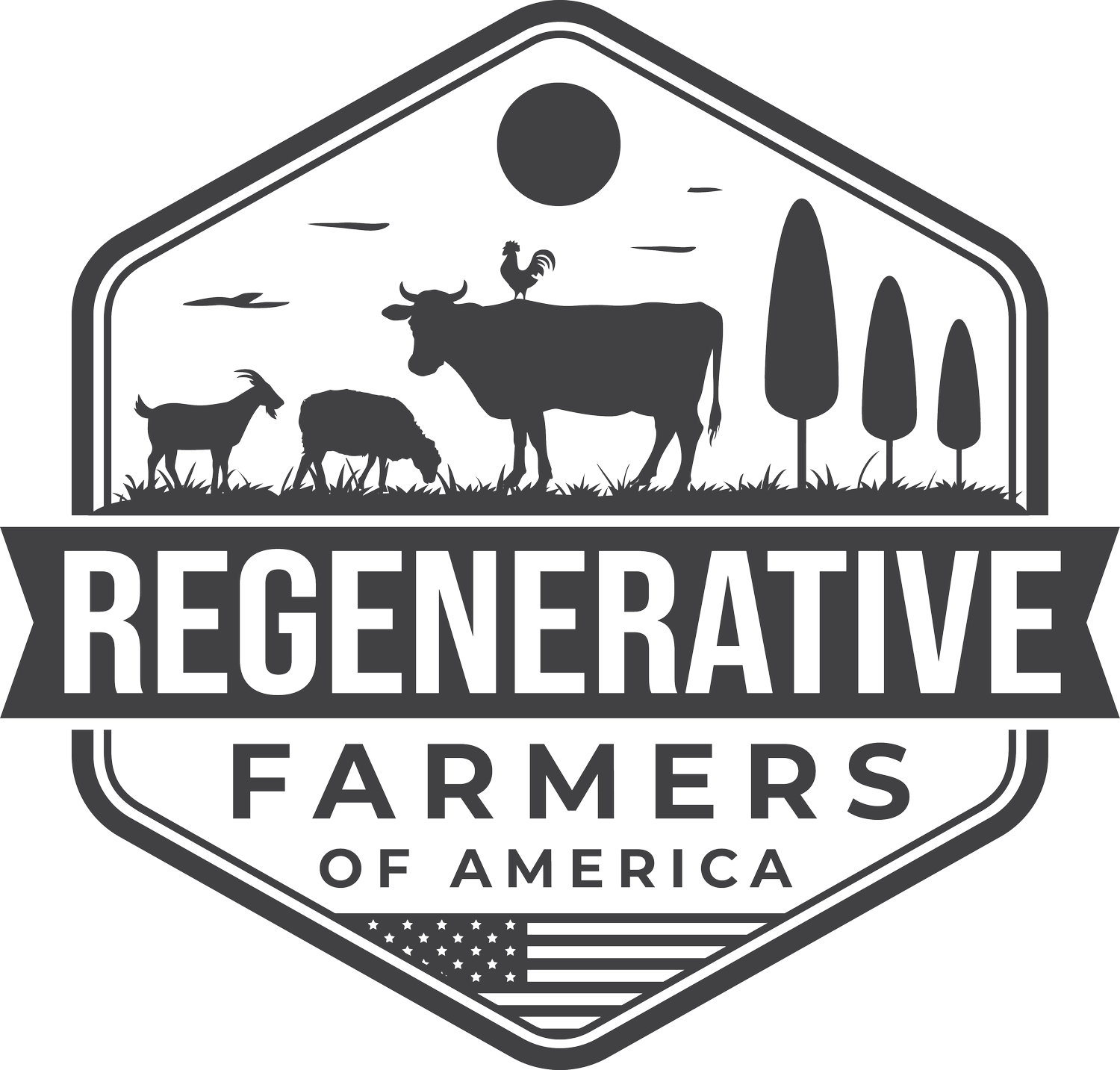Is the future of agriculture regenerative agriculture?
Agriculture is a critical component of our society, providing us with the food we need to sustain ourselves. However, traditional agricultural practices have often been criticized as detrimental to the environment, causing soil depletion, water pollution, and the destruction of habitats. In recent years, there has been a growing movement towards regenerative agriculture, a set of practices aimed at rebuilding and improving soil health while reducing carbon emissions. But is regenerative agriculture truly the future of agriculture?
Regenerative agriculture is a farming method that aims to improve the health of the soil and biodiversity while also increasing crop yields. It is considered to be a more sustainable and environmentally friendly way of farming.
Although the primary benefits are ecological, there are tons of other benefits to the farmer as far as profitability, resilience, and more.
The benefits of regenerative agriculture include:
Improving soil health: Regenerative agriculture practices, such as cover cropping, reduced tillage, and composting, can improve soil structure, increase soil organic matter, and promote the growth of beneficial microorganisms. Improved soil health brings tons of additional benefits described below.
Increasing crop yields: By improving soil health, regenerative agriculture can lead to increased crop yields and improved crop resilience to extreme weather conditions.
Improved soil structure: This helps with housing beneficial fungi that help plants and life thrive.
Reducing greenhouse gas emissions: Regenerative agriculture practices, such as reducing tillage and increasing soil organic matter, can lead to a decrease in greenhouse gas emissions.
Improving water retention: regenerative farming methods are known to increase water retention in the soil, reducing the need for irrigation and helping to mitigate the impact of drought. This also helps reduce runoff so that your farm’s top soil doesn’t leave in the next big storm.
Increasing Biodiversity: Regenerative agriculture can help to promote biodiversity by supporting a wide range of plants, animals, and insects on the farm. Creating a biodiverse farm can increase resilience and increase symbiotic relationships that help crops, livestock, and farmers.
Improved Food Quality: Regenerative agriculture practices can lead to improvements in the nutritional quality of food. By promoting soil health and biodiversity, crops grown using regenerative practices are often richer in micronutrients and antioxidants.
It's important to note that the future of agriculture is a complex topic and there are various other forms of farming methods that are also being considered as a future trend like Agroforestry, vertical farming, precision agriculture, etc. It's also important to consider the context of each region, as the best approach will depend on local conditions and resources.
What are some of the potential drawbacks of Regenerative Agriculture?
Potential Yield Reduction: In the short term, regenerative agriculture practices may lead to lower crop yields. This is because regenerative practices prioritize soil health over maximizing yield in the short term. However, over time, the benefits of regenerative agriculture can lead to improved yields and reduced input costs.
Lack of Clear Standards: Regenerative agriculture is still a relatively new movement, and there are currently no clear standards or regulations defining what constitutes regenerative agriculture. This can make it difficult for consumers to determine whether the products they are purchasing are truly regeneratively grown.
Transition Challenges: Transitioning from traditional agricultural practices to regenerative agriculture can be challenging and may require significant investments in time and resources. This can make it difficult for farmers to make the switch to regenerative practices.
Farmers may choose to transition to regenerative agriculture for a variety of reasons, including:
Improved soil health: This can improve the nutrient density of products, reduce runoff, and grow stronger crops and livestock.
Increased profitability: By improving soil health, regenerative agriculture can lead to increased crop yields and improved crop resilience to extreme weather conditions. This can help farmers to increase their profitability and reduce their dependence on synthetic fertilizers and pesticides.
Environmental sustainability: Regenerative agriculture practices, such as reducing tillage and increasing soil organic matter, can lead to a decrease in greenhouse gas emissions and promote biodiversity on the farm. This can help farmers to reduce their environmental impact and contribute to a more sustainable food system. We also want to note that there is more and more funding available for farmers to transition to “Climate Smart” Agriculture methods so farmers might be able to receive additional compensation.
Adaptation to Climate change: regenerative farming methods are known to increase water retention in the soil, reducing the need for irrigation and helping to mitigate the impact of drought. This can help farmers to adapt to the impacts of climate change and become more resilient to extreme weather events.
Meet the consumer demand: There is growing consumer demand for sustainable and environmentally friendly food. By transitioning to regenerative agriculture, farmers can meet this demand and differentiate their regenerative products in the marketplace.
Overall, regenerative agriculture can be a win-win for farmers, as it can help them to improve their bottom line while also contributing to a more sustainable and environmentally friendly food system.
While regenerative agriculture is not a silver bullet solution to all the challenges facing our food system, it has the potential to significantly transform agriculture for the better. By prioritizing soil health, reducing carbon emissions, promoting biodiversity, and improving food quality, regenerative agriculture can help create a more sustainable and resilient food system. However, significant challenges, such as limited scalability, potential yield reductions, lack of clear standards, and transition challenges, must be addressed to fully realize the potential of regenerative agriculture. Overall, regenerative agriculture is a promising approach to transforming our food system, but it will require continued innovation, research, and investment to fully realize its potential.

